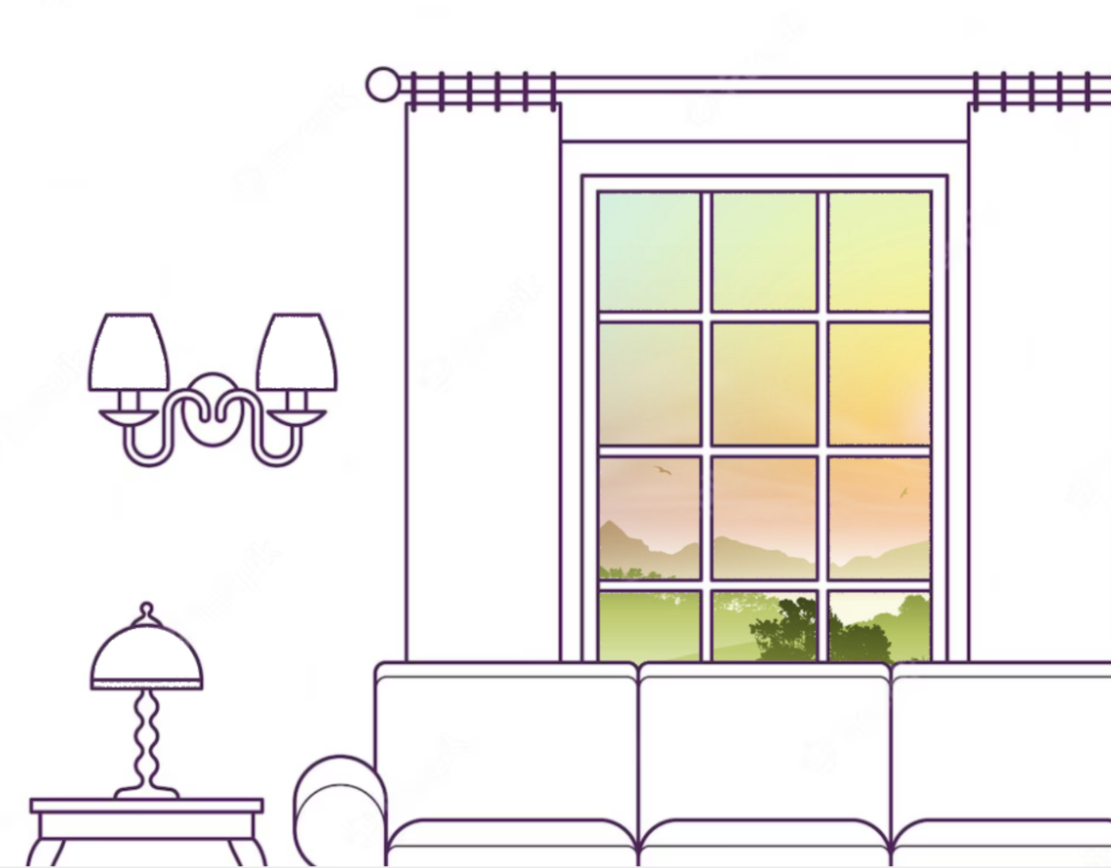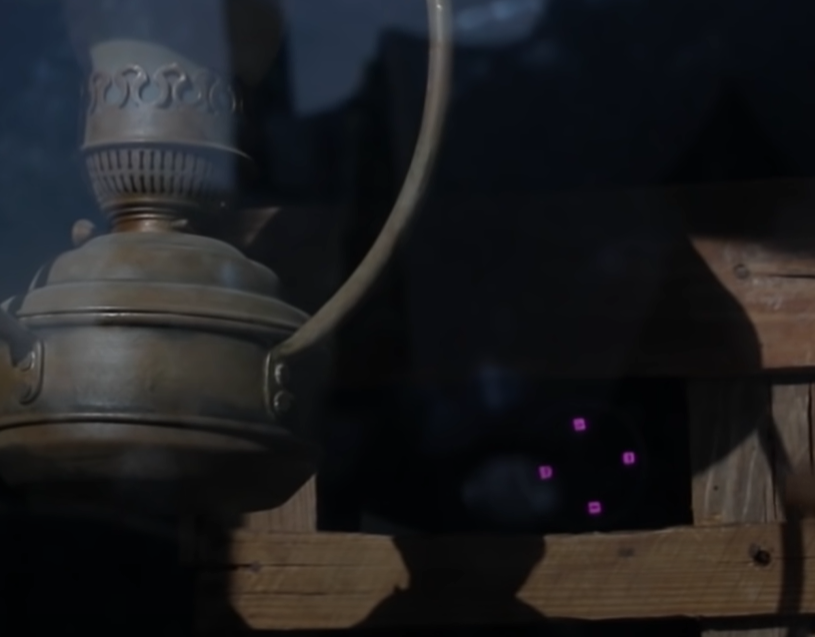Ideas & Initial Prototype
My initial idea was to create a lamp that responds to human 'emotions' that were measured using biosensors and would display a p5 sketch on an LED screen or alternatively show a light pattern using LED strips, which would be housed in a casing.
I had read a research that revolved around creating mood lamps, and it mentioned that the biosensors used in measuring human emotions are pulse rate sensors, skin conductivity, and EEG for brain wave activity. Research link can be found here.
I decided to prototype the casing as part of a project from another class (Exploratory Making). I drew out a sketch of how the casing would be designed and how the components would be arranged on the inside.
Upon sketching the casing for the prototype, some of the many questions I had were:
1) Will it be actually be convenient to have three biosensors (pulse rate sensor, skin conductivity, EEG) for a lamp, two of them being wearable sensors? Do I need all these sensors, or can I resort to one or two of them?
2) How would I make sure to have reliable results before purchasing those sensors? Do we have any of those at the ER?
3) How can I process the readings from the sensors? Can I use it and process it in any way I want as an artist, or should it be based on research?
4) Since I wanted to incorporate it with a p5 sketch, would a flexible LCD screen work for this? Will the setup and wiring for it be easy to use?
5) Can p5 sketches be even uploaded to an offline screen (not essentially a computer)? Should I resort to LED strips instead?
6) In the case of using p5.js, will the communication be serial?
Discussing the above questions with Brian (a resident), he was able to give me clarity on many questions and advised me to think of elements that I needed to have regardless in any iteration, and start with low fidelity. He told me that this can always be considered an initial prototype to a bigger project. He agreed with me on the 'inconvenience' of having to wear sensors for a lamp - so he proposed either using one of them (pulse rate sensor) or use buttons to input how a person feels. He also made me realize that the main purpose of p5.js is HTML, and therefore it would only make sense to display it on a 'computer' screen like an iPad. I was also told by other residents that using an iPad for a p5 sketch could be risky, because it might need a lot of processing power than the iPad could afford.
Following our discussion, I decided to use LED strips instead that would be diffused using an acrylic sheet. I also I started to 3D print the casing and while digitally modeling it, I realized it looked more like a frame for a painting. This made me realize that the kind of lamp I was building is one that displays abstract mesh of colors as some sort of a painting or visual art based on heart rates or pulse rates that measure moods or emotions.
I also decided to 3D print the lamp casing in separate pieces, so that in the case of reprinting it based on any iterations, I would not have to reprint the entire casing.
This is the current Bill of Materials (BOM) for the project. The BOM is subject to change based on project updates.
A possible schematic diagram for the circuit layout. Also subject to change based on iterations and updates.
References:
https://www.ncbi.nlm.nih.gov/pmc/articles/PMC6173949/
https://affect.media.mit.edu/pdfs/12.McDuff-etal-AffectAura.pdf
https://www.curbellplastics.com/materials/industries/lighting-light-management/








